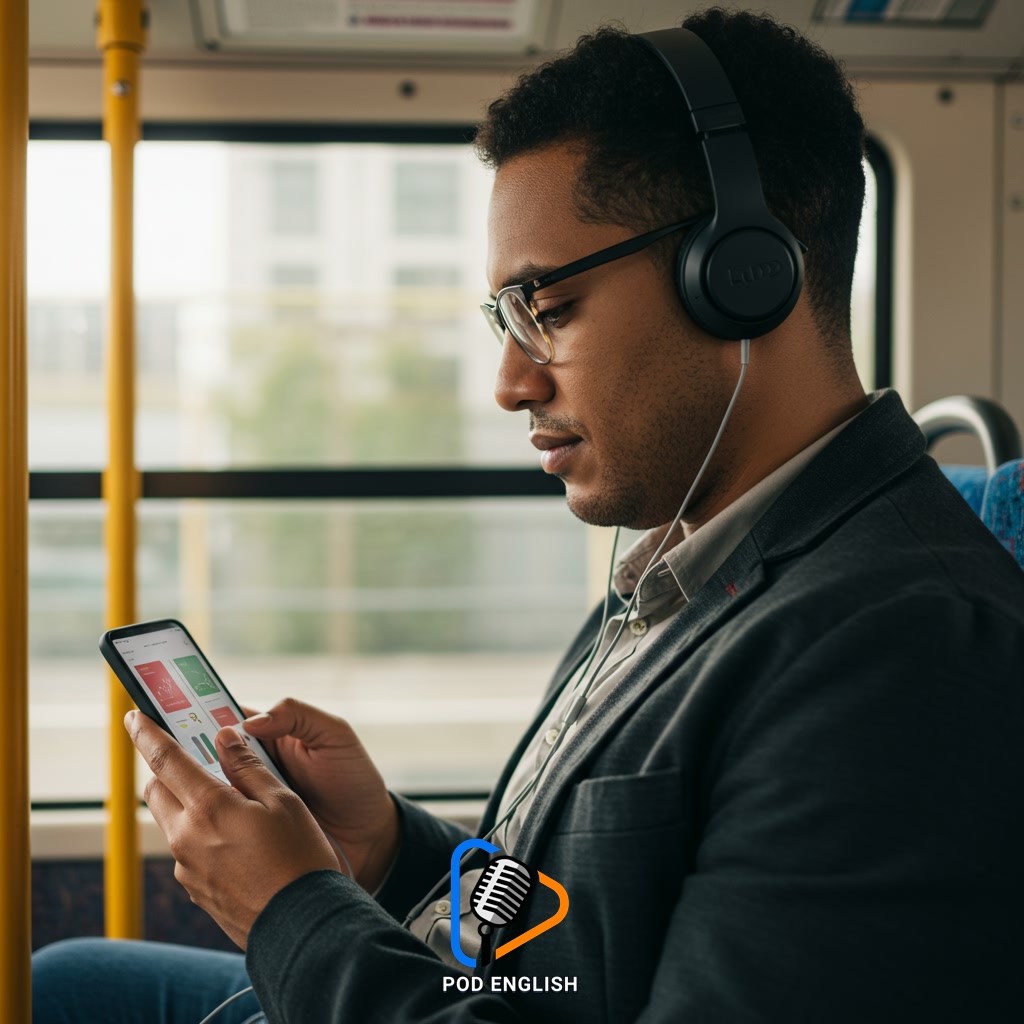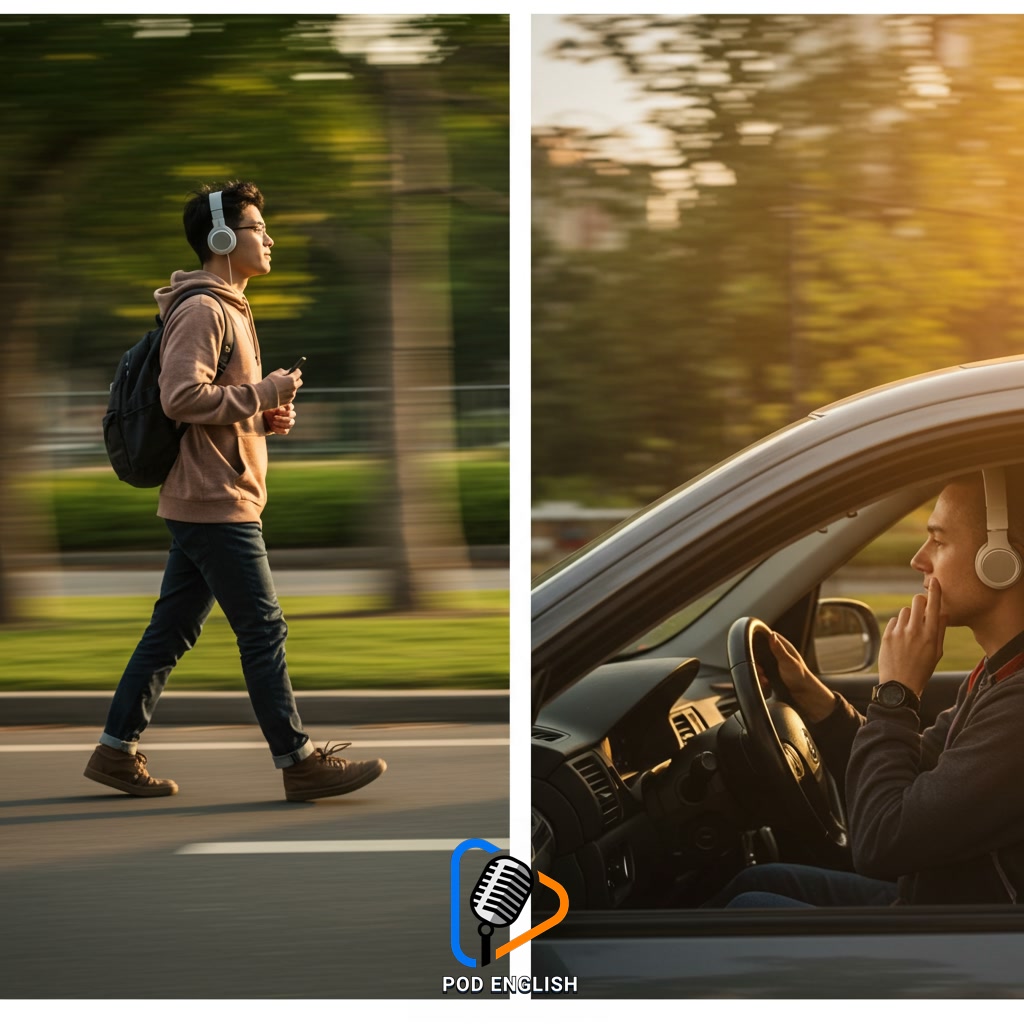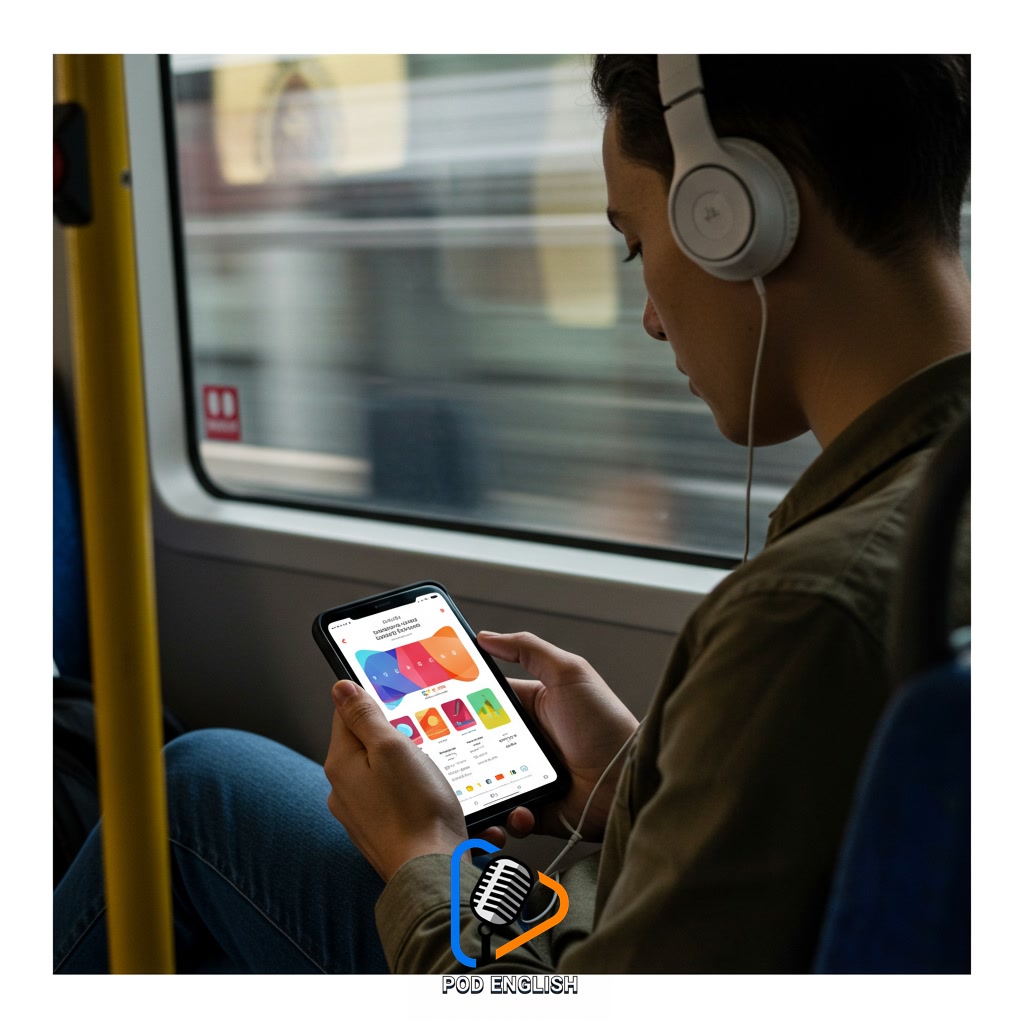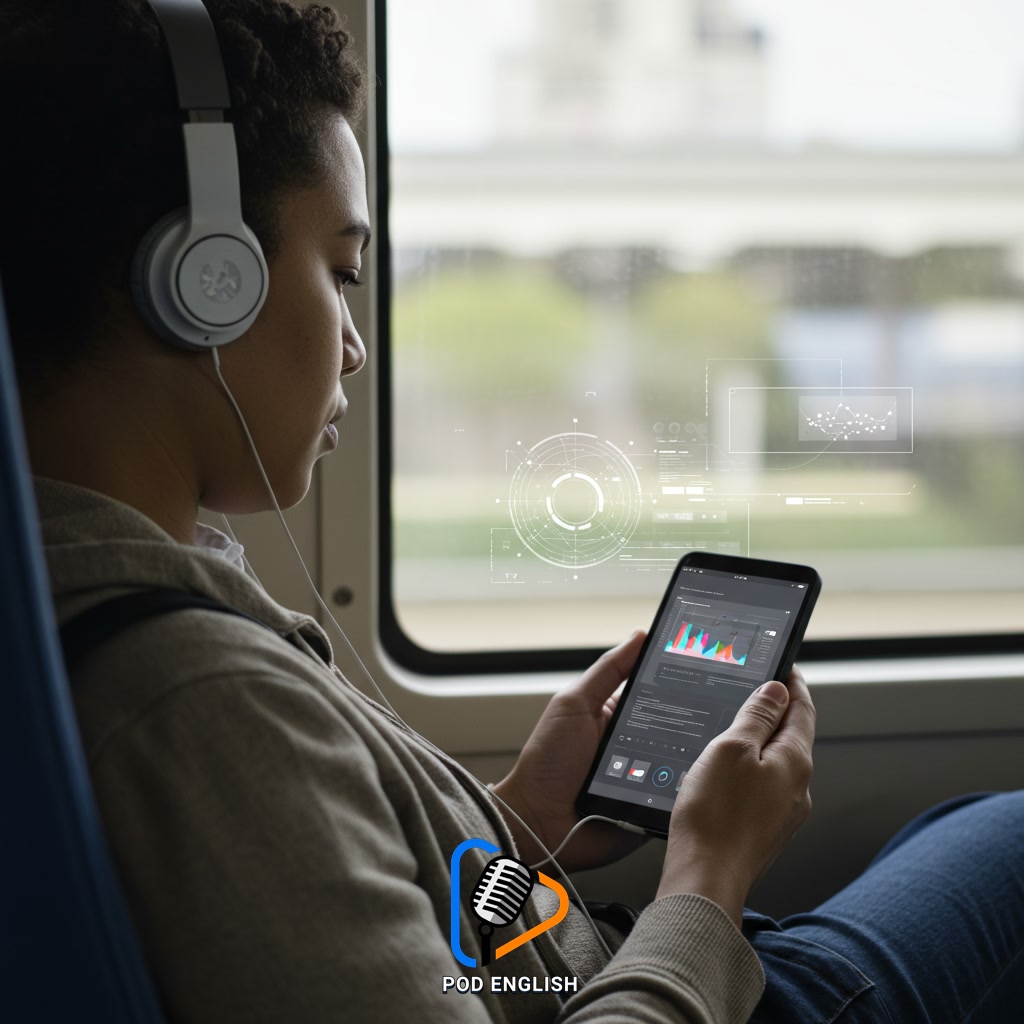Learn English
Boost Your English Skills: Effective Study Strategies for Your Daily Commute

This content explores how to effectively use your daily commute to enhance your English proficiency. It provides practical strategies for incorporating “study english” activities into your travel time. Learn how leveraging audio resources, mobile apps, and focused review can make your commute a productive learning opportunity. Discover methods to consistently build your language abilities even with limited time.
Table of Contents
- Section 1: Why Your Daily Commute is Prime Time to Study English
- Section 2: Assessing Your Commute: Time, Mode, and Opportunities
- Section 3: Effective English Study Strategies for Public Transport
- Section 4: Hands-Free English Learning Techniques for Drivers and Walkers
- Section 5: Leveraging Apps and Digital Resources to Study English On-the-Go
- Section 6: Setting Realistic Goals and Staying Motivated
- Section 7: Making Every Commute Count Towards Boosting Your English Skills
Section 1: Why Your Daily Commute is Prime Time to Study English
Your daily commute, often perceived as unproductive ‘dead time’, presents a unique and consistent opportunity to enhance your English skills. Unlike other parts of your day which might be unpredictable or filled with urgent tasks, your travel time is usually a fixed block. This regularity is incredibly valuable for establishing a study routine. Even if it’s just 20-30 minutes each way, consistently dedicating this time to English can lead to significant progress over weeks and months. It transforms moments that might otherwise be spent passively into active learning sessions, making your journey not just a way to get from point A to B, but a dedicated period for language acquisition without requiring extra time carved out of your busy schedule.

Why Your Daily Commute is Prime Time to Study English
Section 2: Assessing Your Commute: Time, Mode, and Opportunities
Before diving into specific study techniques, the crucial first step is to realistically assess your daily commute. This involves analyzing its key characteristics: the total duration from start to finish, the mode of transportation you use (train, bus, car, walking), and the specific environment you’ll be in. Is it a noisy, crowded train? A quiet, solo car ride? A brisk walk? Understanding these factors is essential because they directly influence which study strategies will be most effective and practical for you. A long, relatively undisturbed train journey offers different possibilities than a short, stop-and-go car commute or a walk where your hands are free but attention is needed for navigation. Take a moment to observe your typical commute – its length, consistency, and the level of focus you can realistically maintain – to identify the prime windows for learning.

Assessing Your Commute: Time, Mode, and Opportunities
Section 3: Effective English Study Strategies for Public Transport
Building upon the assessment of your commute time, let’s explore practical strategies for leveraging public transport for English study. The key is utilizing the often fragmented or ‘dead’ time effectively. Audio resources are particularly well-suited; listening to English podcasts designed for learners, audiobooks, or even news broadcasts can enhance listening comprehension and expose you to natural speech patterns. Mobile apps offer a portable solution for vocabulary building, grammar practice through quizzes, or interactive lessons. Even simple review of flashcards or notes from previous study sessions can reinforce learning. The confined environment can sometimes aid focus, allowing dedicated time away from other distractions. Choose strategies that match your commute length and type – a short bus ride might be good for quick vocabulary review, while a longer train journey could accommodate listening to a full podcast episode or working through an app lesson.

Effective English Study Strategies for Public Transport
Section 4: Hands-Free English Learning Techniques for Drivers and Walkers
For those whose commute involves driving or walking, ‘hands-free’ techniques are essential for effective English study. Since your hands and eyes are engaged with the primary task of navigating, the focus shifts to auditory learning and passive absorption that can become active. Leverage this time by listening to English language podcasts specifically designed for learners, audiobooks, or even native speaker content like news or stories at a comfortable pace. Many language apps offer audio-only modes perfect for this. You can also practice ‘thinking’ in English about your surroundings or quietly repeating phrases you’ve learned. The key is to utilize the time your ears are free and your mind is available to immerse yourself in English sounds, rhythm, and vocabulary without needing visual aids or manual interaction, turning your journey into a productive study session.

Hands-Free English Learning Techniques for Drivers and Walkers
Section 5: Leveraging Apps and Digital Resources to Study English On-the-Go
Building on hands-free techniques, leveraging mobile apps and digital resources offers a flexible way to boost your English during transit. For moments when you can interact directly with your device, language learning apps like Duolingo or Babbel provide structured lessons and interactive exercises perfect for short bursts of study on a bus or train. Beyond dedicated learning apps, utilize podcast players for listening comprehension, e-reader apps for quick reading practice, or digital flashcard apps for vocabulary review. Many resources allow offline downloads, making them accessible even without a constant internet connection. Simply put on your headphones, open an app, and turn your commute into a productive learning session, fitting diverse study activities into your daily travel routine.

Leveraging Apps and Digital Resources to Study English On-the-Go
Section 6: Setting Realistic Goals and Staying Motivated
Building on hands-free techniques and leveraging digital tools, maintaining momentum in your English study during your commute hinges significantly on establishing clear, achievable objectives. Instead of aiming to master complex grammar overnight, set realistic daily or weekly goals, such as learning ten new vocabulary words, understanding the main points of a short podcast, or practicing a specific pronunciation sound. Breaking down the larger goal of improving your English into smaller, manageable tasks makes the process less daunting and boosts your sense of accomplishment. Celebrate these small wins to stay motivated. Consistency is key; even five or ten minutes of focused study each day is more effective than occasional long sessions. By setting these small, specific targets related to your daily commute time, you create a sustainable habit for boosting your English proficiency over time.

Setting Realistic Goals and Staying Motivated
Section 7: Making Every Commute Count Towards Boosting Your English Skills
Building on setting clear objectives and using hands-free methods, the key to making every commute count for boosting your English skills lies in consistent, focused effort within the constraints of your travel time. Instead of seeing your commute as lost time, view it as a dedicated learning window. This means actively planning what you’ll study – perhaps listening to a podcast focusing on vocabulary, reviewing flashcards on a mobile app, or practicing pronunciation silently or softly. The goal is to integrate “study english” activities seamlessly into your routine, making small, regular progress that accumulates over time. By setting specific, achievable tasks for each leg of your journey, you transform passive travel into an active learning opportunity, ensuring that even short periods contribute significantly to your language proficiency goals.

Making Every Commute Count Towards Boosting Your English Skills













